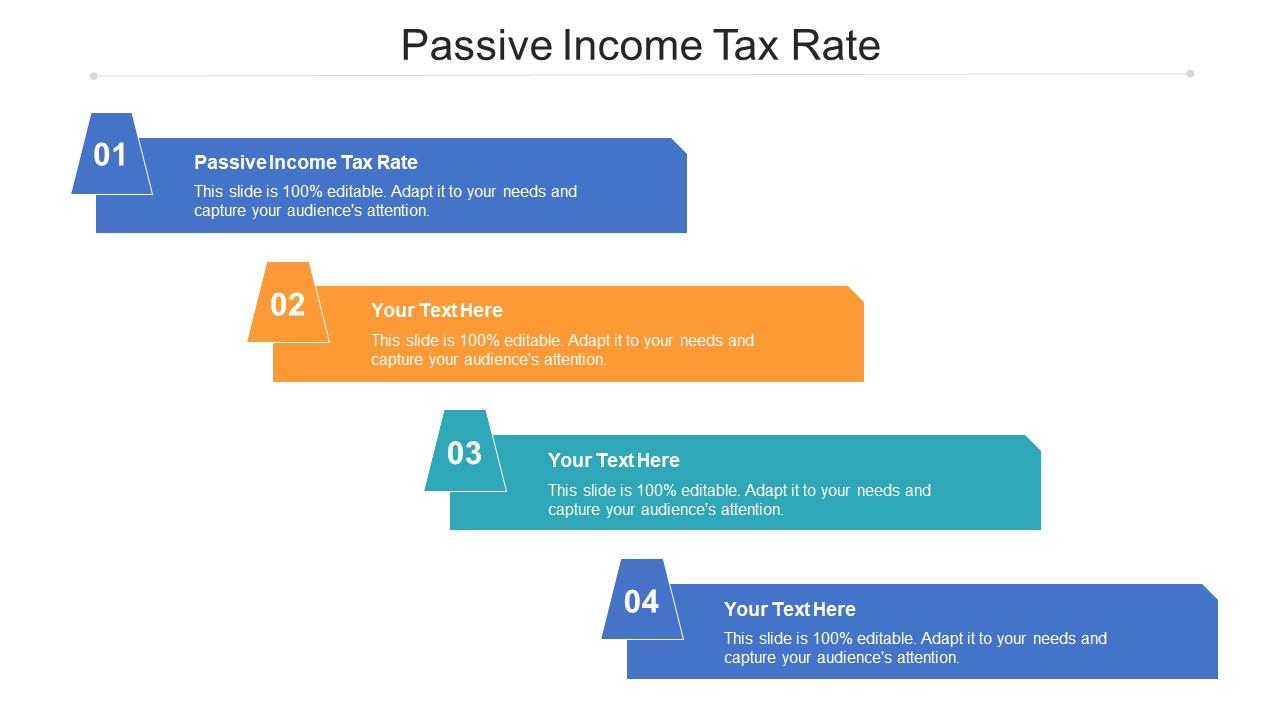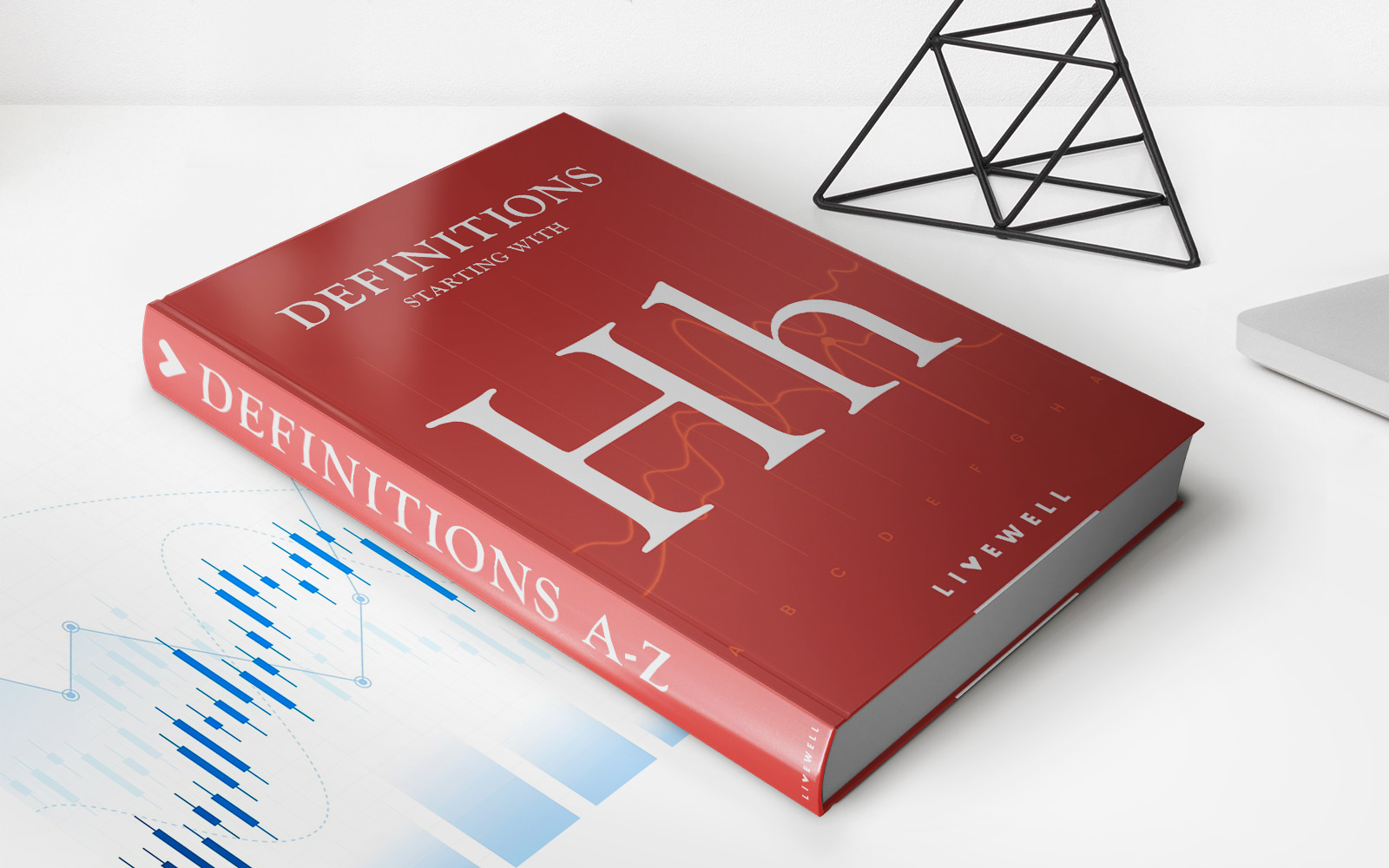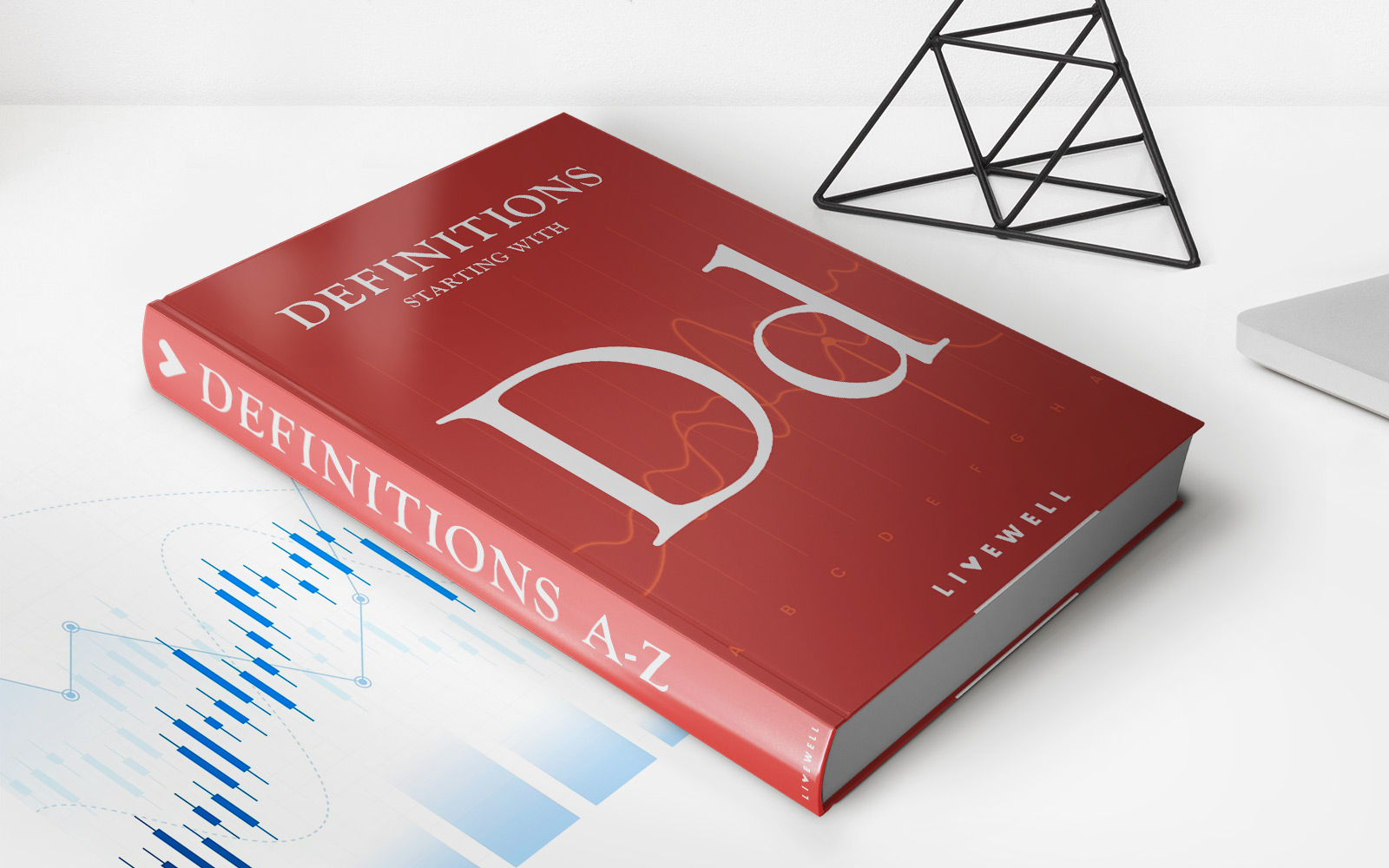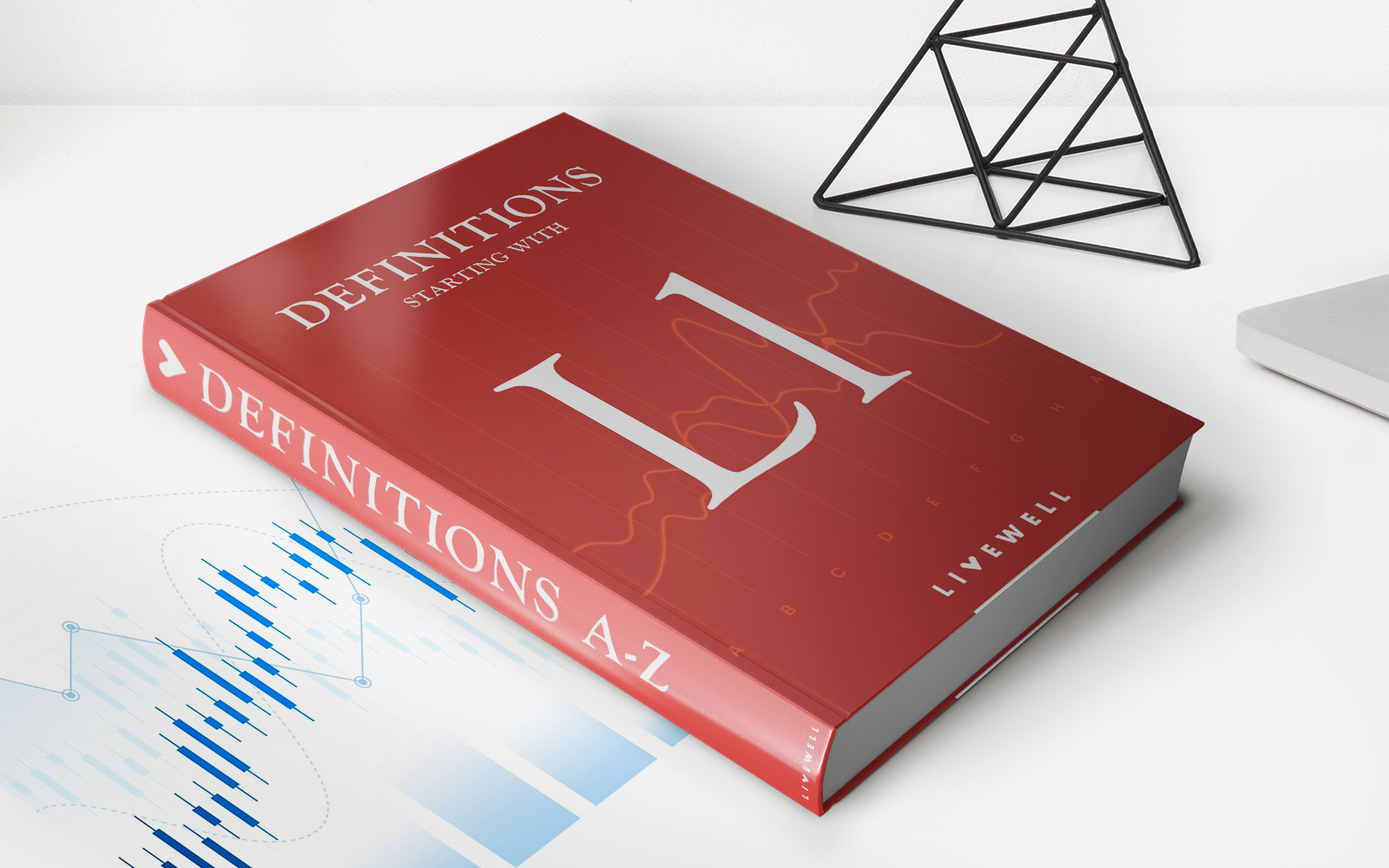

Finance
What Is CT State Income Tax Rate?
Modified: February 21, 2024
Learn about the Connecticut state income tax rate and its implications on your finances. Plan your tax strategy wisely to optimize your financial situation.
(Many of the links in this article redirect to a specific reviewed product. Your purchase of these products through affiliate links helps to generate commission for LiveWell, at no extra cost. Learn more)
Table of Contents
- Introduction
- Understanding CT State Income Tax
- CT State Income Tax Rates for Individuals
- CT State Income Tax Rates for Married Couples Filing Jointly
- CT State Income Tax Rates for Head of Household
- CT State Income Tax Rates for Single Filers
- CT State Income Tax Rates for Part-Year Residents
- CT State Income Tax Rates for Nonresidents
- Potential Changes to CT State Income Tax Rates
- Conclusion
Introduction
When it comes to managing your personal finances, understanding the state income tax rates is essential. Whether you’re a resident or a nonresident in the state of Connecticut, knowing the tax rates can help you plan your budget effectively and make informed decisions about your financial future.
Connecticut (CT) is known for its high income tax rates compared to many other states in the United States. The state’s income tax system follows a progressive structure, meaning that tax rates increase as income levels rise. This allows the state to generate revenue and fund public services that benefit its residents.
In this article, we will delve into the CT state income tax rates for individuals, married couples filing jointly, head of household, single filers, part-year residents, and nonresidents. It’s important to note that tax rates and brackets can change over time, so it’s always a good idea to consult the latest information provided by the Connecticut State Department of Revenue Services (DRS).
Whether you are a seasoned Connecticut resident or considering moving to the state, understanding the CT state income tax rates is crucial to managing your finances effectively and avoiding any surprises come tax season.
Understanding CT State Income Tax
Connecticut’s state income tax is based on a progressive tax system, meaning that individuals with higher incomes are subject to higher tax rates. The state uses marginal tax rates, which means that different portions of your income are taxed at different rates.
The state income tax applies to a variety of sources of income, including wages, salaries, tips, self-employment income, interest, dividends, and capital gains. It’s important to note that certain deductions and credits may apply, which can help reduce your overall tax liability.
Connecticut residents are required to file a state income tax return if their gross income exceeds certain thresholds. It’s important to keep detailed records of your income and expenses throughout the year to accurately report your earnings and claim any eligible deductions or credits.
If you are a resident of Connecticut but earn income from another state, you may be eligible for a tax credit on your CT state income tax return. This ensures that you don’t pay tax on the same income to both states.
Understanding the various components and calculations involved in CT state income tax can be complex, especially if you have multiple sources of income or special circumstances. It’s recommended to consult a tax professional or utilize state-provided resources to ensure accurate reporting and compliance with tax laws.
CT State Income Tax Rates for Individuals
Connecticut imposes income tax rates on individuals based on their taxable income. As mentioned earlier, the state utilizes a progressive tax system with different tax brackets and rates.
For the 2021 tax year, the income tax rates for individuals in Connecticut are as follows:
- For taxable income up to $10,000, the tax rate is 3.00%.
- For taxable income between $10,000 and $50,000, the tax rate is 5.00%.
- For taxable income between $50,000 and $100,000, the tax rate is 5.50%.
- For taxable income between $100,000 and $200,000, the tax rate is 6.00%.
- For taxable income between $200,000 and $250,000, the tax rate is 6.50%.
- For taxable income between $250,000 and $500,000, the tax rate is 6.90%.
- For taxable income over $500,000, the tax rate is 6.99%.
It’s important to note that these tax rates are subject to change, so it’s always a good idea to check the latest rates provided by the Connecticut State Department of Revenue Services (DRS).
Calculating your taxable income involves subtracting any applicable deductions, exemptions, and credits from your total income. It’s important to accurately report your income and ensure you take advantage of any available deductions to minimize your tax liability.
When filing your state income tax return, you can use the Connecticut Tax Tables provided by the DRS or consult tax software or a tax professional to help you accurately calculate your tax liability based on your taxable income.
CT State Income Tax Rates for Married Couples Filing Jointly
In Connecticut, married couples have the option to file their state income tax returns jointly. By filing jointly, couples can take advantage of certain tax benefits and potentially reduce their overall tax liability. However, it’s important to understand the tax brackets and rates that are applicable to married couples filing jointly in the state.
For the 2021 tax year, the income tax rates for married couples filing jointly in Connecticut are as follows:
- For taxable income up to $20,000, the tax rate is 3.00%.
- For taxable income between $20,000 and $100,000, the tax rate is 5.00%.
- For taxable income between $100,000 and $200,000, the tax rate is 5.50%.
- For taxable income between $200,000 and $400,000, the tax rate is 6.00%.
- For taxable income between $400,000 and $500,000, the tax rate is 6.50%.
- For taxable income between $500,000 and $1,000,000, the tax rate is 6.90%.
- For taxable income over $1,000,000, the tax rate is 6.99%.
As with individual tax rates, these rates for married couples are subject to change. It’s important to consult the latest rates provided by the Connecticut State Department of Revenue Services (DRS) to ensure accurate filing.
To determine your taxable income when filing jointly, combine the incomes of both spouses. Then, subtract any applicable deductions, exemptions, and credits. This will give you the taxable income on which the tax rates will be applied.
When preparing your state income tax return, refer to the Connecticut Tax Tables or consult tax software or a tax professional to accurately compute your tax liability based on your taxable income as a married couple filing jointly.
CT State Income Tax Rates for Head of Household
In Connecticut, individuals who qualify as “head of household” may be eligible for different tax rates compared to single filers. To qualify as head of household, you must meet certain criteria, including being unmarried and financially supporting a qualifying dependent.
For the 2021 tax year, the income tax rates for head of household in Connecticut are as follows:
- For taxable income up to $15,000, the tax rate is 3.00%.
- For taxable income between $15,000 and $75,000, the tax rate is 5.00%.
- For taxable income between $75,000 and $150,000, the tax rate is 5.50%.
- For taxable income between $150,000 and $300,000, the tax rate is 6.00%.
- For taxable income between $300,000 and $375,000, the tax rate is 6.50%.
- For taxable income between $375,000 and $750,000, the tax rate is 6.90%.
- For taxable income over $750,000, the tax rate is 6.99%.
Remember that the tax rates for head of household, like other tax rates, are subject to change. It’s always advisable to consult the latest rates provided by the Connecticut State Department of Revenue Services (DRS) to ensure accurate tax filing.
When calculating your taxable income as a head of household, you should consider your earned income, as well as any deductions, exemptions, and credits that may apply. These will help determine your taxable income on which the tax rates will be applied for the Connecticut state income tax.
As you prepare your state income tax return, reference the Connecticut Tax Tables for head of household or rely on tax software or a tax professional to accurately compute your tax liability based on your taxable income.
CT State Income Tax Rates for Single Filers
In Connecticut, single individuals who file their state income tax returns as single filers are subject to specific tax rates. Single filing status applies to individuals who are unmarried, legally separated, or legally divorced.
For the 2021 tax year, the income tax rates for single filers in Connecticut are as follows:
- For taxable income up to $10,000, the tax rate is 3.00%.
- For taxable income between $10,000 and $50,000, the tax rate is 5.00%.
- For taxable income between $50,000 and $100,000, the tax rate is 5.50%.
- For taxable income between $100,000 and $200,000, the tax rate is 6.00%.
- For taxable income between $200,000 and $250,000, the tax rate is 6.50%.
- For taxable income between $250,000 and $500,000, the tax rate is 6.90%.
- For taxable income over $500,000, the tax rate is 6.99%.
Be aware that these tax rates for single filers are subject to change. It’s essential to verify the current rates published by the Connecticut State Department of Revenue Services (DRS) to ensure accurate tax filing.
When calculating taxable income as a single filer, include all relevant earnings, such as wages, salaries, tips, and other forms of income. Deductions, exemptions, and credits applicable to your situation can be used to arrive at your taxable income, which will then be subject to the appropriate tax rates.
When preparing your state income tax return, it’s helpful to consult the Connecticut Tax Tables for single filers or use tax software or the assistance of a tax professional for more accurate calculation of your tax liability based on your specific taxable income.
CT State Income Tax Rates for Part-Year Residents
Connecticut recognizes part-year residents, who are individuals that have established residency in the state for only a portion of the tax year. If you moved into or out of Connecticut during the tax year, you will likely be considered a part-year resident for state income tax purposes.
Part-year residents in Connecticut are subject to the same tax rates as full-year residents. However, their tax liability is based on the portion of their income earned while they were residents of the state.
To determine your tax liability as a part-year resident, you need to allocate your income between the period you were a resident of Connecticut and the period you were a nonresident. Only the income earned and sourced within Connecticut while you were a resident is subject to state income tax.
Once you have determined your Connecticut-source income, you can apply the applicable tax rates based on the income brackets for the tax year.
It’s important to keep track of the duration of your residency in Connecticut and maintain accurate records of your income earned during each period. This will help ensure that you report your income correctly and file your state income tax return accurately.
If you have questions or need assistance in calculating your tax liability as a part-year resident, it’s advisable to consult the Connecticut Department of Revenue Services (DRS) or seek guidance from a tax professional familiar with the state’s tax laws.
CT State Income Tax Rates for Nonresidents
In Connecticut, nonresidents who earn income within the state may still be subject to state income tax on that income. Nonresidents are individuals who do not establish residency in Connecticut but earn income from sources within the state.
Nonresidents are taxed on their Connecticut-source income only, which typically includes income from services performed in Connecticut, income from rental property located in Connecticut, and income from a business or trade carried on in Connecticut.
The Connecticut state income tax rates for nonresidents are the same as those for residents and part-year residents. However, unlike residents and part-year residents, nonresidents are only subject to tax on the portion of their income that is derived from Connecticut sources.
If you are a nonresident and earn income from Connecticut sources, you will need to file a nonresident tax return, Form CT-1040NR/PY, and report your Connecticut-source income. You may also be required to pay estimated taxes on your Connecticut-source income throughout the year.
It’s important to accurately determine the portion of your income that is derived from Connecticut sources. Keeping detailed records of your income sources and consulting the guidance provided by the Connecticut State Department of Revenue Services (DRS) can help ensure that you comply with the state’s tax laws.
If you have questions or need assistance in understanding the tax requirements for nonresidents in Connecticut, it’s recommended to consult the DRS or seek guidance from a tax professional who is knowledgeable about nonresident taxation laws in the state.
Potential Changes to CT State Income Tax Rates
It’s important to stay informed about potential changes to Connecticut’s state income tax rates. Tax rates can be revised by legislative actions to adjust revenue needs, respond to economic conditions, or enact policy changes.
As of now, there are no imminent changes to Connecticut’s state income tax rates for the upcoming tax year. However, it’s essential to stay updated on any legislative proposals or announcements that may affect tax rates in the future.
Connecticut, like many other states, periodically reviews its tax structure and may make adjustments to address budgetary requirements or economic growth. Changes in federal tax laws or economic factors can also influence state tax policies.
To ensure you have accurate information, it’s recommended to consult the Connecticut State Department of Revenue Services (DRS) for the most up-to-date tax rates and any proposed changes. They provide reliable resources and updates on tax legislation and regulations.
Regularly checking the DRS website, subscribing to their newsletters, or consulting with a tax professional can help you stay informed about any potential changes to Connecticut’s state income tax rates.
It’s worth noting that tax rates are just one aspect of the tax system. Deductions, exemptions, credits, and other tax provisions can also impact your overall tax liability. Staying informed about these factors will help you better understand how potential changes may affect your tax situation.
Remember to review your financial situation each year and adjust your tax planning accordingly. By staying proactive and well-informed, you can effectively navigate changes to the CT state income tax system and make informed decisions about your personal finances.
Conclusion
Understanding the CT state income tax rates is crucial for individuals and families residing in Connecticut or earning income from the state. By familiarizing yourself with the tax rates and brackets applicable to your filing status, you can effectively plan your finances and ensure accurate tax filing.
Connecticut follows a progressive tax system, meaning that tax rates increase as income levels rise. Whether you are an individual, a married couple filing jointly, a head of household, a single filer, a part-year resident, or a nonresident, knowing the specific tax rates and brackets is essential for calculating your tax liability.
However, it’s important to stay updated on potential changes to the CT state income tax rates. Tax laws are subject to revision as economic conditions and legislative priorities evolve. Regularly consulting the resources provided by the Connecticut State Department of Revenue Services (DRS) and seeking professional advice can help you navigate any changes effectively.
Remember to keep accurate records of your income, deductions, exemptions, and credits throughout the year to ensure correct tax reporting. Utilize the Connecticut Tax Tables, tax software, or the guidance of a tax professional to accurately calculate your tax liability based on your unique circumstances.
By staying informed and proactive, you can effectively manage your tax obligations, maximize any eligible deductions or credits, and make smart financial decisions that align with your long-term goals.
Disclaimer: The information presented in this article is for informational purposes only and should not be considered as professional tax or financial advice. For personalized guidance, it’s recommended to consult a tax professional or the Connecticut State Department of Revenue Services (DRS).














